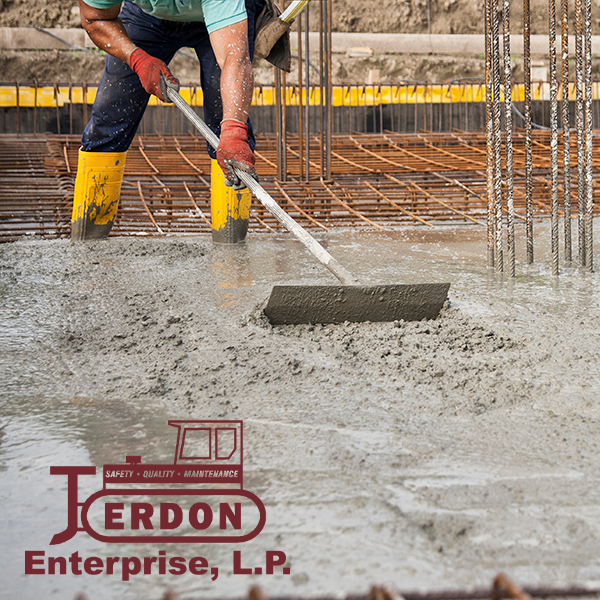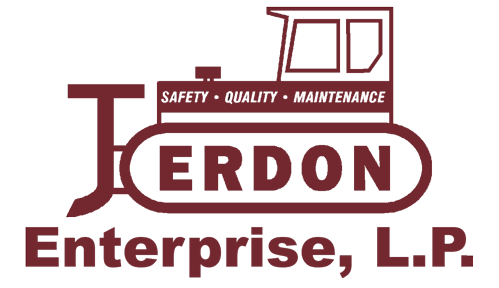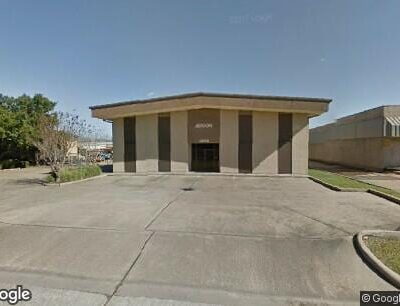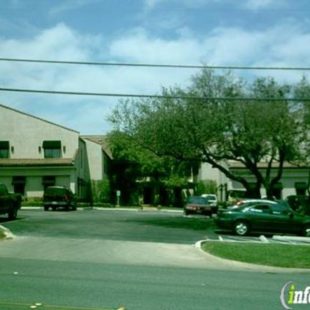Uses and Benefits of Reinforced Concrete
- August 6, 2020
- Posted by: jerdonlp
- Category: Civil Engineering, Commercial Building, Construction, Engineering, General Construction

Reinforced concrete is a combination of traditional cement concrete with reinforcements (steel bar). This combination is made to use the compressive strength of concrete and tensile strength of steel at the same time, hence, work together to resist many types of loading. The term reinforced is used because the steel reinforces the concrete and makes it an even stronger construction material.
This building material must be carefully engineered. If it is not reinforced enough, the concrete can be weak and subject to failure. Along with many advantages, reinforced concrete also poses some disadvantages. Reinforced concrete can be molded and shaped in ways that are not possible for some other materials, providing opportunities for innovative and visually intriguing design.
Reinforced concrete is a popular building material because it is very strong, easy to work with, adaptable, versatile, durable, and affordable. It is commonly used for the construction of foundations to the rooftops of buildings, in the construction of highways roads traffic, precast structures, floating structures, and hydro-power tunnels, irrigation canals, drains, and all other conceivable structures.
Advantages of Reinforced Concrete
1. Strength
Reinforced concrete has very good strength in tension as well as compression. This makes concrete a desired construction material.
2. Economical
Concrete constituents are widely available worldwide and inexpensive. Similarly, the production cost of concrete is very low. There is an overall economy by using reinforced concrete because its maintenance cost is low due to the long-lasting nature of reinforced concrete.
Reinforced concrete durability, resilience, low maintenance requirements and energy efficiency, concrete structures reduce operating costs related to operational energy consumption, maintenance, and rebuilding following disasters.
3. Versatility
Concrete can be placed into various shapes of shuttering or formwork configurations to form desired shapes, form, surface, texture, and sizes at construction site. This is because fresh concrete is flowable and is in liquid state. Therefore, it is more suitable for architectural requirements.
4. Durability
Reinforced Concrete structures are durable if designed and laid properly. The material is not affected by weather such as rainfall and snow, and they can last up to 100 years.
Due to low permeability, concrete can resist chemicals dissolved in water such as sulfates, chloride and carbon dioxide, which may cause corrosion in concrete, without serious deterioration.
That is why reinforced concrete is ideal to underwater and submerged applications like for building structures, pipelines, dams, canals, linings and waterfront structures.
5. Fire Resistance
The nature of concrete does not allow it to catch fire or burn. It can withstand heat for 2–6 hours enabling sufficient time for rescue operations in case of fire. Reinforced concrete buildings are more fire resistant than other commonly used construction materials like steel and wood. It is suitable to fireproof steel and used in high temperature and blast applications.
6. Ductility
The steel reinforcement imparts ductility to the reinforced concrete structures. Ductility enables concrete to show sign of distress such as cracking and deflection if reinforced concrete member experience overloading. This enables engineers to consider suitable measures to prevent further concrete damages.
7. Seismic Resistance
Properly designed reinforced concrete structures are extremely resistant to earthquakes.
8. Ease of Construction
Compared to the use of steel in structure, reinforced concrete requires less skilled labor for the erection of the structure.
9. Ability to Consume and Recycle Waste
Several industrial wastes and by-products such as fly ash, slag also known as GGBFS or ground granulated blast-furnaces slag, waste glass, and even ground vehicle tires can be recycled as a substitute for cement or aggregate or supplementary materials. As a result, concrete production reduces environmental impacts due to industrial waste, and improves the characteristics of concrete and consequently quality of the structure is not compromised.
Concrete can be recycled as aggregate for use as sub-base material in roadbeds and parking lots, for gabion walls, as riprap to protect shorelines or in other applications or as granular material, thereby reducing the amount of material that is landfilled and the need for virgin materials in new construction.
10. Multi-Mode Application
One of the major advantages of concrete is its ability to be used in different application methodologies. Concrete is hand applied, poured, pumped, sprayed, grouted and also used for advanced applications such as shotcrete and tunnels.
Applications of Reinforced Concrete
- Buildings
- Bridges
- Flyovers
- Water Tanks
- Roads
- Floating Structures
- Foundations
- Marine Structures
- Pipes and Conduits
- Precast Works
- Chimneys and Towers
- Retaining Walls
- Bunkers and Silos
Jerdon Enterprises has over 35 years of experience in various types of construction. For more information about us, visit our website or give us a call today.



